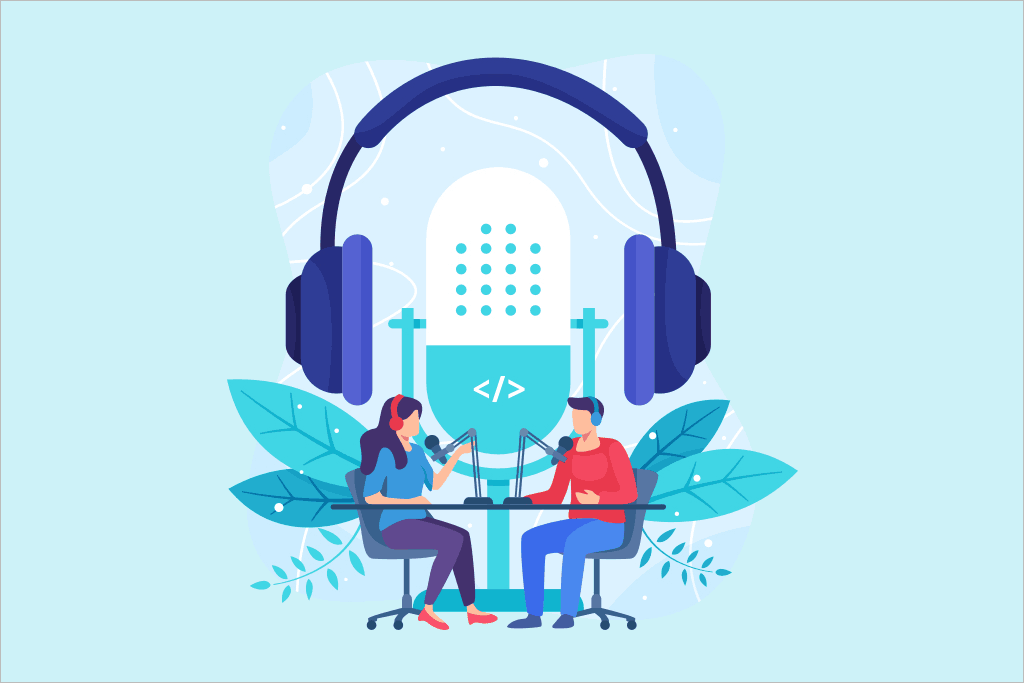Talking Growth: Our Product-Led Model and Viral Candidate Experiences

When was the last time you relied on only a sales pitch to convince you to buy a piece of software? I’ll wait…
In today’s fast-moving tech landscape, the buyer journey isn’t something you can always neatly map out. As CoderPad’s Growth Lead, I get an up-close view of how it evolves and the many different channels customers use to learn about a product. But I’ve also learned that, at the end of the day, developers know what they want. That means one principle stands above the rest: “When a product works, it just works.”
So what does that mean for the marketing website when it’s the product that does the selling? I recently sat down with the Pathmonk Presents Podcast for a conversation about CoderPad’s product-led growth model and how our company fits in with this broader trend. Here are some of the key takeaways from our chat and my perspective on product-led growth.
A primer on product-led growth
Product-led growth — commonly referred to as PLG strategy — is a model that uses the product itself as the focal point for company expansion, customer acquisition, conversions, and retention.
When, why, and how did this style of marketing emerge? Maybe you remember the days of actually buying software that came wrapped up in a box. Perhaps, more recently, you paid a hefty fee for limited-time trials or had to sit through endless sales meetings about potential ROI before you could even think about trying things out yourself.
Fast forward to 2022 and a wide array of apps, integrations, and softwares are available at our fingertips. With faster development and release times, new channels for sharing information, and free trials galore, modern companies increasingly defer to engineers themselves to find and purchase new products. Even more, research from Forrester shows that both individual consumers and B2B buyers prefer to self-educate to learn about a product.
With this understanding in tow, product-led growth embraces “handing the keys” directly to potential end users. No cold calls from sales reps, no over-the-top marketing campaigns. The product does all the talking. As I told the Pathmonk Presents Podcast,
Product runs through the blood of CoderPad. We’re obsessed with the candidate experience because that’s really how most end users get to know us. It’s critical that we’re product-led.
Aiming to go viral? Start with word of mouth
Though it may seem old-school for a twenty-first-century tech company, word of mouth is truly the primary growth channel at CoderPad. The process of acquiring new users hinges on a great candidate experience.
I outlined this to Pathmonk Presents:
Hiring is an inherently viral process. For every one engineer you hire, you might talk to 15. So if candidates had a good experience with a product, they bring it with them — even if that’s to a completely different company. In that sense, CoderPad is kind of the platonic ideal of a viral product.
The CoderPad 2022 Tech Hiring Survey showed that the number one area companies plan to invest in is candidate experience. And when it comes to technical interviewing, that means turning to the people who have firsthand experience: developers.
Most engineers get tapped to conduct interviews at some point. When we think about how CoderPad gains traction as a product, then, it all comes back to that first user experience. These newly-minted engineering leaders might remember, “Hey, I used a technical interviewing platform that made the whole process better,” then implement CoderPad into their company’s hiring funnel.
Constantly improving the candidate experience ultimately pays off as a marketing strategy. By taking the time to establish a dialogue with customers, you gain valuable insight into their end goals. From there, we can test new features, get feedback, and make CoderPad serve their needs as accurately as possible.
Know when to introduce friction on the website
Customer experience comes first, but that doesn’t mean it’s the only component of the buyer journey we try to optimize. It’s essential that the website evolves with the product.
Over my career working in growth, I’ve seen the value of adding and removing friction. The best way to make sure a product shines on a website is by ensuring users have options to engage with it. With Lukas from Pathmonk, I described it like this:
Great website experiences let customers learn about and see the product in action. With a developer-focused audience, we need to make sure any piece of info they need is readily available with no single prescribed path.
Lastly, don’t overlook the importance of cohesion. I’ve studied what stands in the way of conversions, and one theme came through: inconsistency.
After viewing user session recordings, I noticed pricing pages were especially prone to this error. When customers see different pricing interfaces or changes in definitions between the app, the website, or even ads, they might go cold. Keep your product experience and web presence moving in sync.
Want to learn more? Check out my full interview with the Pathmonk Presents Podcast.